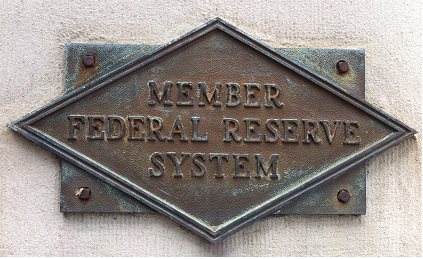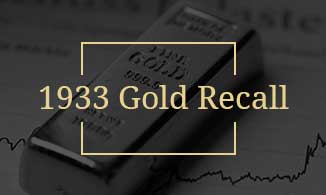Calculation notes
This calculator follows the SECURE Act of 2019 Required Minimum Distribution (RMD) rules. The SECURE Act of 2019 changed the age that RMDs must begin. If you were born on or after 7/1/1949 your first RMD will be for the year you turn 72. If you were born before 7/1/1949 the age remains 70 1/2. The SECURE Act did not change how the RMD is calculated; it only changed the age that they start. These rules took effect January 1st, 2020.
The CARES Act of 2020 provided a temporary waiver of RMDs. The RMD waiver is for retirement plans and accounts for 2020. This includes direct contribution plans such as 401k, 403b, 457b plans and IRAs. RMDs are also waived for IRA owners who turned 70 1/2 in 2019 and were required to take an RMD by April 1, 2020 and have not yet done so.
If you have RMD questions, please consult with your own tax advisor regarding your specific situation. If you are under 75 and this RMD is from a 403(b) plan, you may not be required to take distributions on the balance in your account before 1987 until you reach age 75. You may need to contact a financial planner or CPA to determine if this exception applies to your RMD.
IMPORTANT! This calculator has been updated for the SECURE Act of 2019 and the CARES Act of 2020. The IRS, however, has not yet released procedures for their implementation. Future IRS published procedures may have an impact on enforcement and interpretation of these Acts.
Year of RMD
The year that the RMD is to be calculated. This is typically the current year. Change the year to calculate a previous year's RMD.
Account balance as of December 31st of year prior to the distribution year
This is the fair market value of your account as of the close of business on December 31st of the preceding year. For traditional IRAs, no adjustments are made for contributions or distributions after that date. If you made a transfer or rollover from one account on or before December 31st of the preceding year and the funds were received by a new account in the next year, you will need to increase your December 31st fair market value by the amount that was transferred or rolled over and not included in the December 31 value of either account.
Estimated rate of return
This is the expected rate of return on your account. This is only used to help project your future account balances (which of course will impact your required minimum distribution). The actual rate of return is largely dependent on the types of investments you select. The Standard & Poor's 500® (S&P 500®) for the 10 years ending December 31st 2020, had an annual compounded rate of return of 13.8%, including reinvestment of dividends. From January 1, 1971 to December 31st 2020, the average annual compounded rate of return for the S&P 500®, including reinvestment of dividends, was approximately 10.8% (source: www.spglobal.com). Since 1970, the highest 12-month return was 61% (June 1982 through June 1983). The lowest 12-month return was -43% (March 2008 to March 2009). Savings accounts at a financial institution may pay as little as 0.25% or less but carry significantly lower risk of loss of principal balances.
It is important to remember that these scenarios are hypothetical and that future rates of return can't be predicted with certainty and that investments that pay higher rates of return are generally subject to higher risk and volatility. The actual rate of return on investments can vary widely over time, especially for long-term investments. This includes the potential loss of principal on your investment. It is not possible to invest directly in an index and the compounded rate of return noted above does not reflect sales charges and other fees that investment funds and/or investment companies may charge.
Owner birthdate
The account owner's birth date. We use this to calculate your age as of December 31st of the distribution year.
Is your sole beneficiary a spouse?
Check this box if your only beneficiary is your spouse. This can be a factor in determining whether the IRS uniform table must be used or if you are able to use the Joint Life Expectancy Table.
The IRS rules use a uniform table to calculate all life expectancies for determining a minimum distribution. The only exception to this rule is if the only beneficiary is a spouse and he or she is more than 10 years younger than the account owner. In this situation, the joint life expectancy table is used. The Joint Life expectancy table normally produces lower required distributions.
Beneficiary birth date
The beneficiary birth date is used to determine if you qualify for a joint life expectancy. The IRS rules use a uniform table to calculate all life expectancies for determining a minimum distribution. The only exception to this rule is if the only beneficiary is a spouse and he or she is more than 10 years younger than the account owner. In this situation, the joint life expectancy table is used. The Joint Life expectancy table normally produces lower required distributions.







